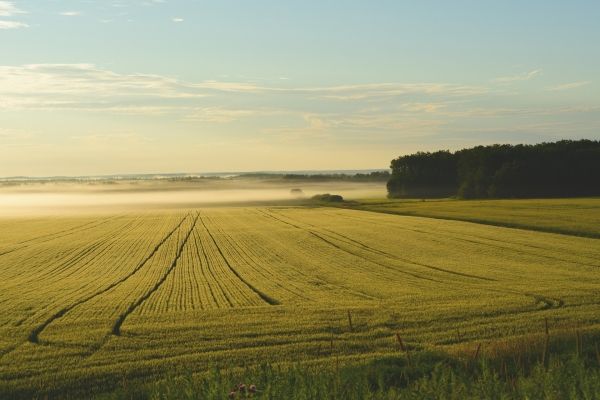The reimagined world map of agriculture includes large new farming areas for many major crops around the cornbelt in the mid-western US, and below the Sahara desert. Huge areas of farmland in Europe and India would be restored to natural habitat.
The redesign - assuming high-input, mechanised farming - would cut the carbon impact of global croplands by 71%, by allowing land to revert to its natural, forested state. This is the equivalent of capturing twenty years’ worth of our current net CO2 emissions. Trees capture carbon as they grow, and also enable more carbon to be captured by the soil than when crops are grown in it.
In this optimised scenario, the impact of crop production on the world’s biodiversity would be reduced by 87%. This would drastically reduce the extinction risk for many species, for which agriculture is a major threat. The researchers say that croplands would quickly revert back to their natural state, often recovering their original carbon stocks and biodiversity within a few decades.
The redesign would eliminate the need for irrigation altogether, by growing crops in places where rainfall provides all the water they need to grow. Agriculture is currently responsible for around 70% of global freshwater use, and this causes drinking water shortages in many drier parts of the world.
The researchers used global maps of the current growing areas of 25 major crops, including wheat, barley and soybean, which together account for over three quarters of croplands worldwide. They developed a mathematical model to look at all possible ways to distribute this cropland across the globe, while maintaining overall production levels for each crop. This allowed them to identify the option with the lowest environmental impact.
Read more at: University of Cambridge
Photo Credit: shawnkonopaski via Pixabay


